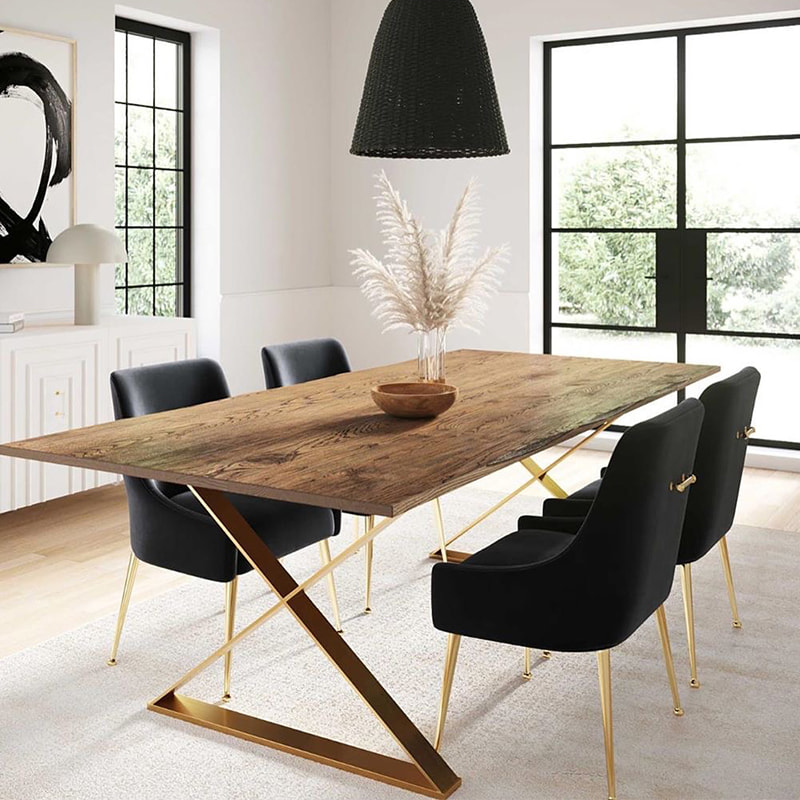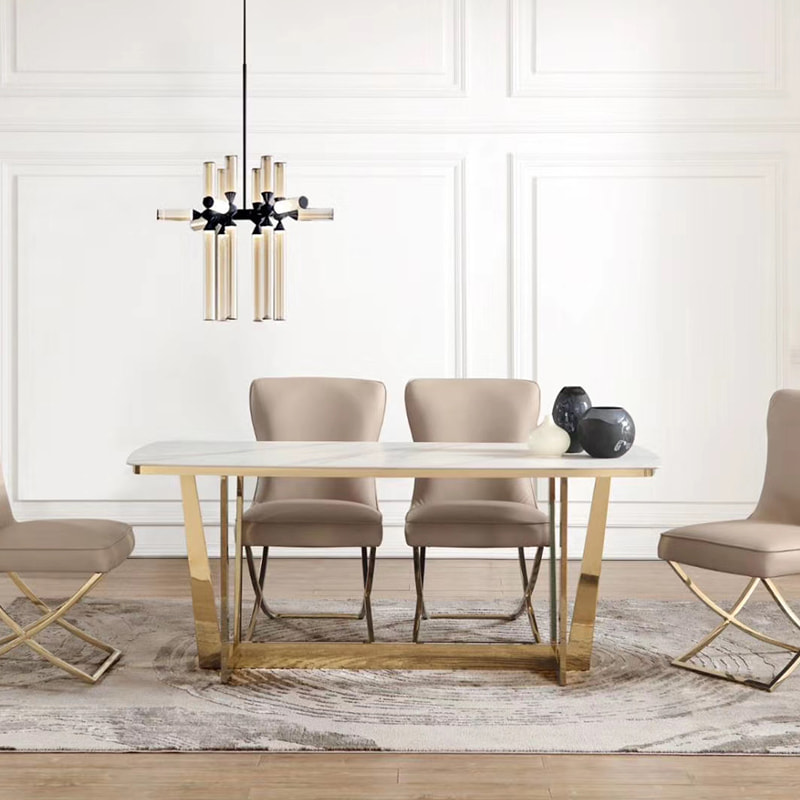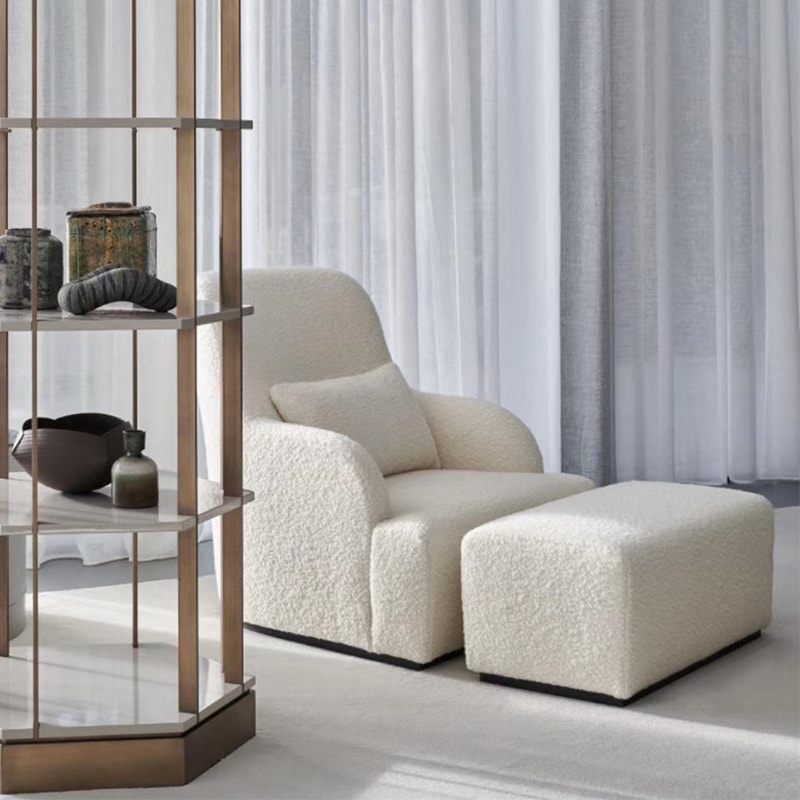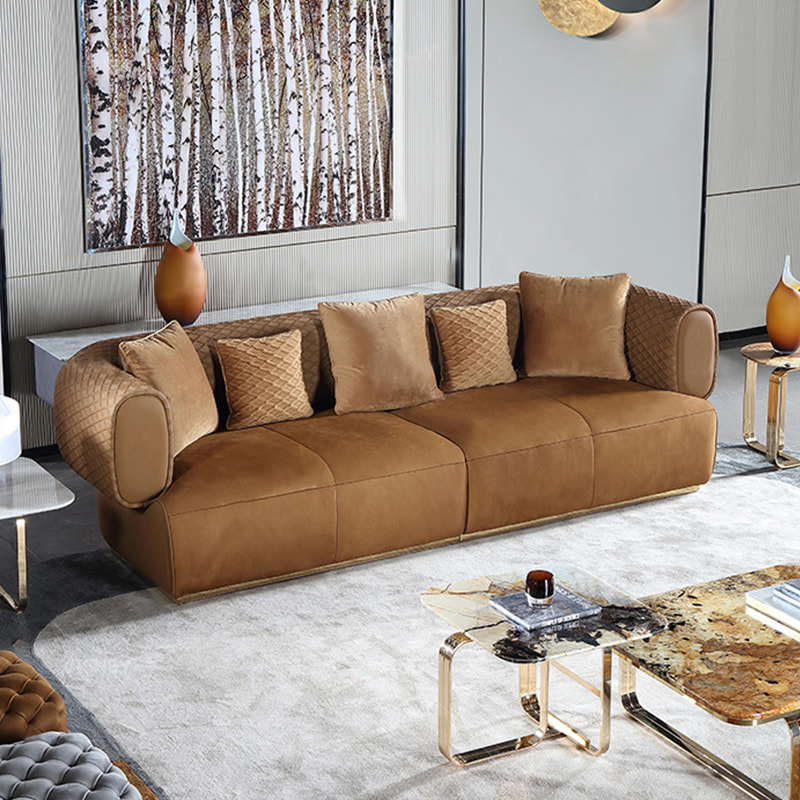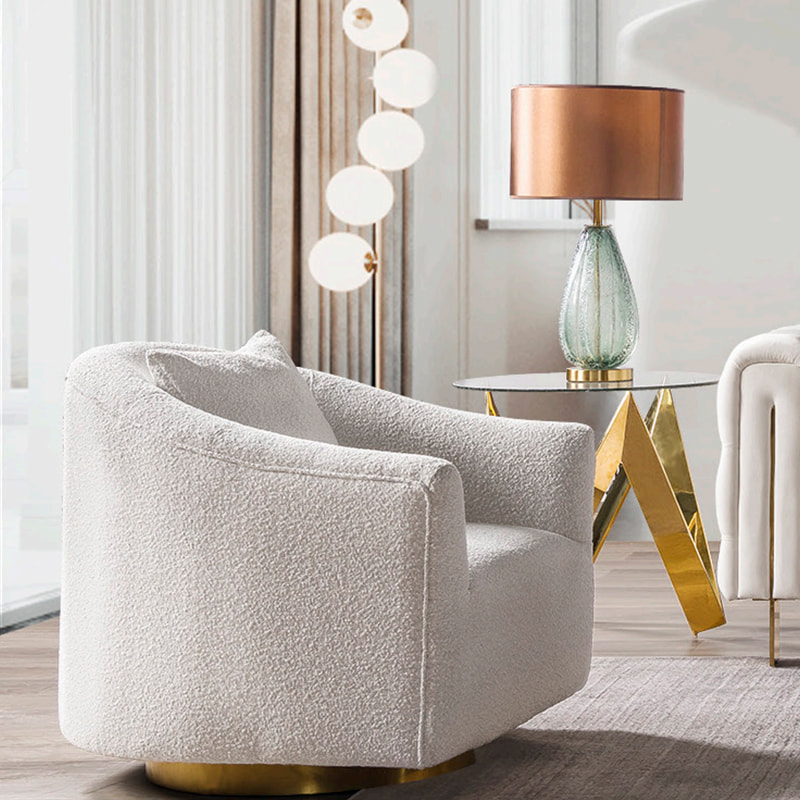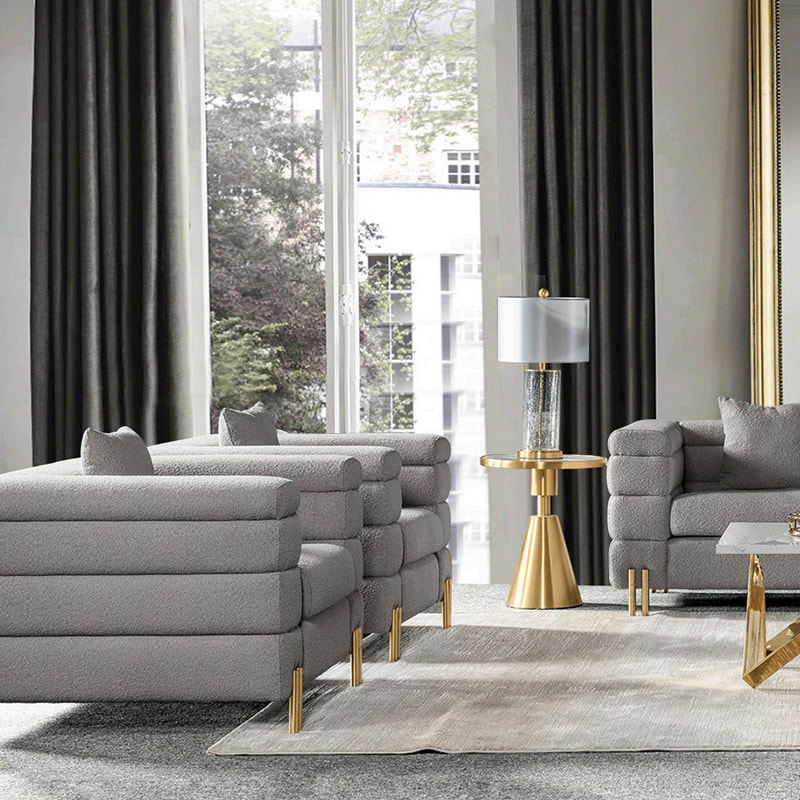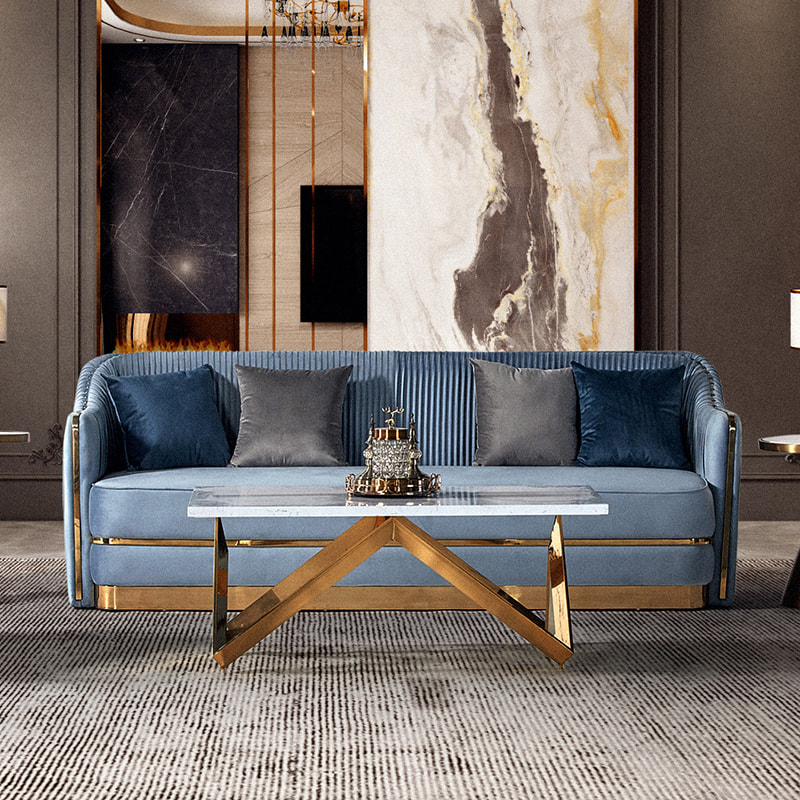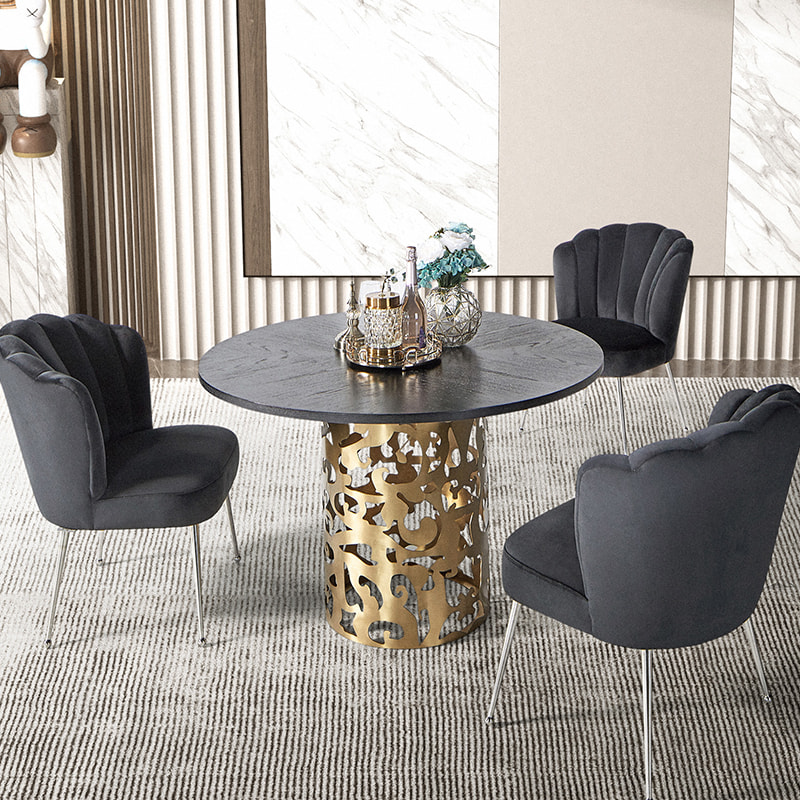The so-called soil and water support one person, the geographical differences between the East and the West will inevitably lead to differences in Eastern and Western cultures. In daily life, the difference between the East and the West is not only reflected in the difference in life concepts and lifestyles, but even the furniture used in daily life has its own unique style. This is also the reason why furniture is divided into Nordic furniture, American furniture, Chinese furniture and so on. In fact, the different styles of furniture are not only caused by cultural differences, but also because of different production processes.
Traditionally, woodworking is divided into three categories:
1. Modern woodworking is affected by technological innovation. Both China and the West must use modern tools. Although machinery and equipment were first invented by the West, the use of machinery and equipment in modern Chinese woodworking is also very common, so we will not talk about the use of machinery here.
2. General factory workers, although this group of people is also called "woodworkers", they are actually ordinary workers with no woodworking skills. What they need to do is to perform one or two set operations on the assembly line. A repetitive woodworking job that can be done in hours.
3. Decoration woodworking, which is the most widely contacted woodworking by modern people. Of course, there are differences between this type of woodworking at home and abroad, but the main tools used are air gun nails and hand-held chainsaws, so they are also excluded.
The furniture production we are going to share today is a traditional woodworking that basically does not rely on electric tools, which is also called unplugged woodworking.
Difference 1: Wood materials and wood habits
Traditional Chinese furniture is generally dominated by hardwood, high-end furniture will use precious mahogany, such as Hainan huanghuali, red sandalwood, wenge, rosewood, etc., and some local woods are mainly used, such as beech, elm, oak, Catalpa wood, etc.; Western-style traditional furniture, precious mahogany, teak, etc., common wood such as red cherry, walnut, oak, maple, etc.
Do Westerners use mahogany? In the past, some rosewoods were also used in the West, but rosewoods were not produced in the United States and Europe, so they were mainly imported from Africa or South America, but later most rosewoods were defined as non-environmentally friendly wood by the International Forest Stewardship Council, and the implementation of global The embargo is to protect the endangered tree resources of tropical rain forests, and now redwood is almost invisible in the United States.
As a place with a large consumption of mahogany in the world, China is still regarded as a symbol of wealth and status with mahogany furniture, and mahogany will always be used in Chinese furniture. However, there have been good phenomena in recent years. Many independent designers lead the new domestic furniture design trend. They generally hold the concept of resisting mahogany consumption, and advocate the use of more environmentally friendly and more economical hardwoods. The value of furniture is reflected in the design, not Whether the wood itself is precious or not.
Difference 2: Tools
There are many types of woodworking tools, but they can be roughly divided into the following categories: planers, saws, chisels, knives, axes, measuring tools, jigs, grinding tools, etc.
Chinese-style tools: mainly planes and chisels of various types. The tools are relatively simple, and the quantity and type are relatively small.
Western-style tools: I believe this is just a part of their tools, various types of chisels, planes, saws, hammers, etc., I wish that every function needs a tool to complete (I think the difference between Chinese and Western woodworking tools and the difference between Chinese and Western chefs) It's a bit similar, the technique and the taste of the dishes may not be much different, but the grade and variety of the tools are far apart).
(The following takes the woodworking plane as an example to make a simple comparison of Chinese and Western tools)
1. Different materials: Chinese-style planers are mainly made of wood, while Western-style planers are mainly made of metal (there are also some wood).
Reason: Chinese-style tools choose wooden planer, mainly because it is more convenient to obtain materials, process, manufacture, and trim, and the working method of the old generation of woodworkers is generally to travel around, carrying a sack of tools and a woodworking bench to each house Each household is going to make furniture, so the tools need to be light enough.
2. The adjustment performance is different: the adjustment of the knife output of the Chinese plane requires experience and cannot be operated accurately, so the threshold is relatively high for beginners, while the Western plane has a screw device for adjusting the in and out of the blade (such as The yellow part on the right side of the picture), the interaction of adjustment is really good for beginners, and it is easy to operate. However, to realize such a device, more complex components are required. As shown in the figure below, a Western-style plane may be composed of many parts. Although the interaction design of the Chinese plane is a little bit worse, the program is simple, but it is difficult to use (some friends say that woodworking is very similar to writing programs).
3. Different operation methods: Western-style planers generally use the front and rear hands, the front hand controls the direction, and the back hand uses force, requiring a relatively high and flat work surface, while the Chinese-style planer uses both hands to hold the planer and the index finger to press the planer, relying on experience and strength to control the direction, generally The work surface is relatively low and has a certain slope.


Difference 3: Techniques and Skills
1. There is a big difference between Chinese and Western tenon and mortise
The Chinese style of tenon and mortise is more advanced, while the Western style is stronger in the techniques of carving and curved wood.
Most ancient Chinese buildings have wooden frames, so Chinese woodworking is more skilled in mortise and tenon joints, while Western buildings are mainly made of stone, and carpenters are only responsible for the roof and furniture parts. More techniques are placed on the wood carving, curved wood techniques, etc.
The structure of Chinese tenon and mortise is complex, but it is restrained and subtle. The connection form is generally hidden inside, and the end face of the wood is left as little as possible.
The Western-style mortise and tenon structure is simple, but it is extroverted and can also reflect the beauty of a structure.
Bending wood techniques such as Western-style woodworking, steam bending and laminate cold pressing have laid the foundation for modern woodworking.
2, the use of hardware
Chinese woodworkers have complicated feelings about hardware, because the market generally discriminates against furniture with hardware, and feels that mortise and tenon furniture is good, while furniture connected with hardware is poor. In fact, this has a lot to do with the quality of the hardware itself. There are relatively few high-quality hardware in China, and the price is also high. Of course, this is another topic and will not be discussed in detail. Compared with Chinese woodworkers, Western woodworkers are more welcome to use hardware, including the use of nails to connect parts of the structure.
3. Use of glue and surface treatment
Chinese woodworking does not use glue, which is a misunderstanding. Although the mortise and tenon joint is very strong, it still needs to be used in many places where glue should be used to strengthen the strength. In the past, natural animal glue was used for furniture, but these glues are generally afraid of water and heat, and have strict requirements for the use environment and high maintenance costs. Since the introduction of chemical glue into China, the use of glue has no distinction between Chinese and Western.
The surface treatment is to protect the wood, make the wood dry and wet stable, and increase the service life. The traditional methods of Chinese woodworking are mainly raw lacquer and hot wax. Varnish, nitro paint, etc.
4. Chinese woodworking is more dependent on experience, while Western woodworking is more dependent on tools
Western-style woodworking has a room full of tools, and it can really do a tool with only one function. As long as there are tools and accessories to help planing and sawing, even beginners can do it roughly; Chinese woodworking tools are not as many as Western-style tools, and many tools Can complete multiple tasks, but it takes time and experience to master the use of these tools and achieve more accurate planing and sawing.
Many people can't persevere in learning Chinese woodworking. They are defeated by such a threshold. Without a strong ability to resist frustration, it is difficult to learn Chinese woodworking. To learn Western-style woodworking, first of all you need to be a tool party (this is very important, the tools must be good enough, good tools can make woodworking easier and more interesting), and secondly, you need to master and maintain these tools, so you don’t burn money well What I prepared was to play Western-style woodworking with caution, and to buy low-quality and low-cost hand tools, both of which were lost. The tools were thrown into the trash can, and the interest was also destroyed.
Jiaxing Ruijing Furniture Co., Ltd. are China Luxury Furniture Manufacturers and custom Luxury Furniture Suppliers from past (11) years,we have strong supply chain with 3 factories. We delivers modern and traditional home furnishings for all styles budgets and rooms.we have focused on providing not only beautiful furniture but also functional designs that provide good storage solutions. We have successfully obtained the certification standard and procedure of ISO9000/14000/18000/CA. We have close cooperation with internationally advanced heavy equipment manufacturers including HOMAG of Germany and MULTKA of US. We introduce advance equipment and technology and improve production technique and capacity. Our collections include furniture for bedrooms, home office, living rooms, dining rooms, and for any room of a home.Our strength allows us to provide Product in any fabric, color, or finish of your choosing. Our wholesale Luxury Furniture are widely recognized and trusted by users.
Jiaxing Ruijing Furniture Co., Ltd. are China Luxury Furniture Manufacturers and custom Luxury Furniture Suppliers from past (11) years,we have strong supply chain with 3 factories. We delivers modern and traditional home furnishings for all styles budgets and rooms.we have focused on providing not only beautiful furniture but also functional designs that provide good storage solutions. We have successfully obtained the certification standard and procedure of ISO9000/14000/18000/CA. We have close cooperation with internationally advanced heavy equipment manufacturers including HOMAG of Germany and MULTKA of US. We introduce advance equipment and technology and improve production technique and capacity. Our collections include furniture for bedrooms, home office, living rooms, dining rooms, and for any room of a home.Our strength allows us to provide Product in any fabric, color, or finish of your choosing. Our wholesale Luxury Furniture are widely recognized and trusted by users.

 英语
英语 阿拉伯语
阿拉伯语